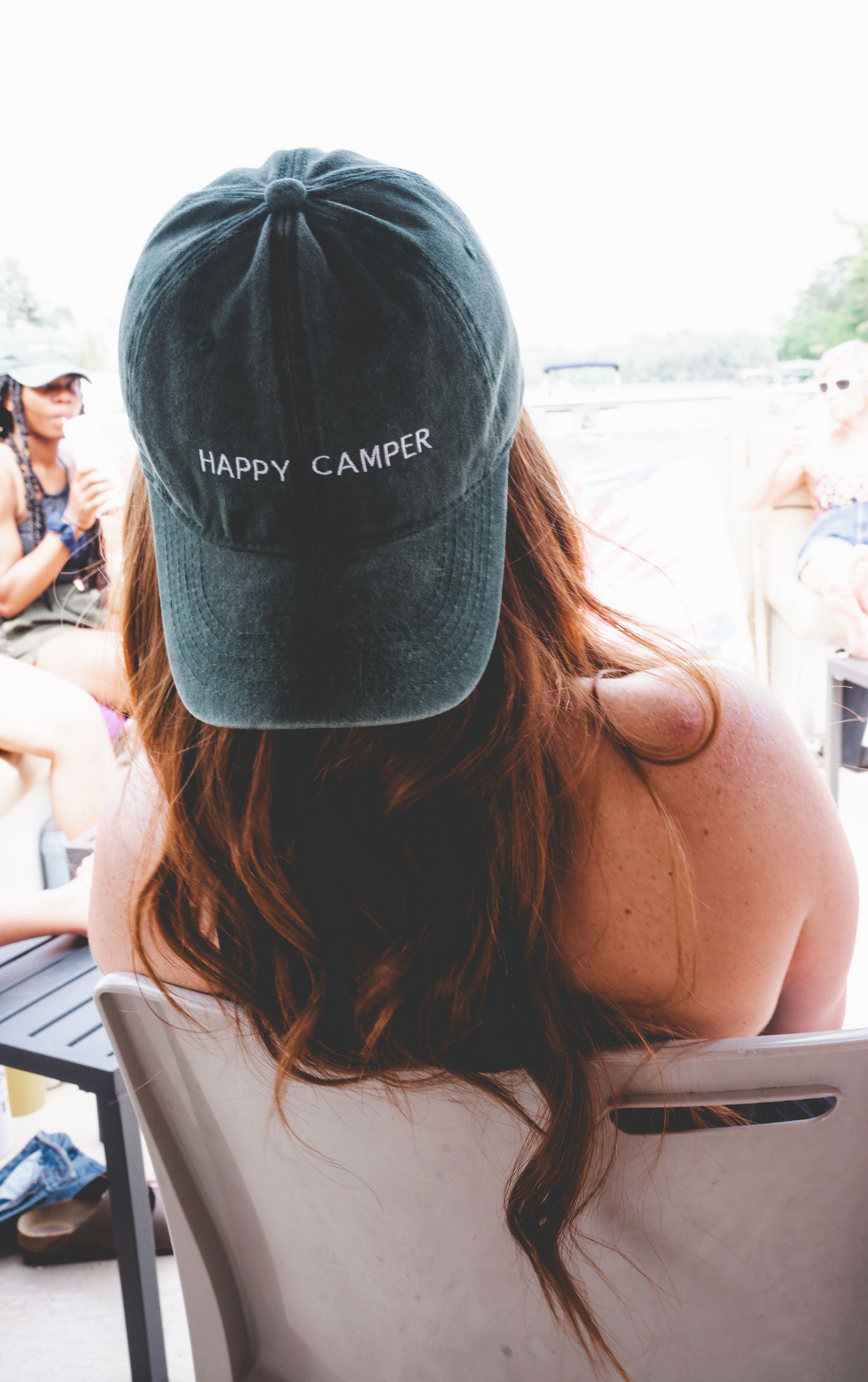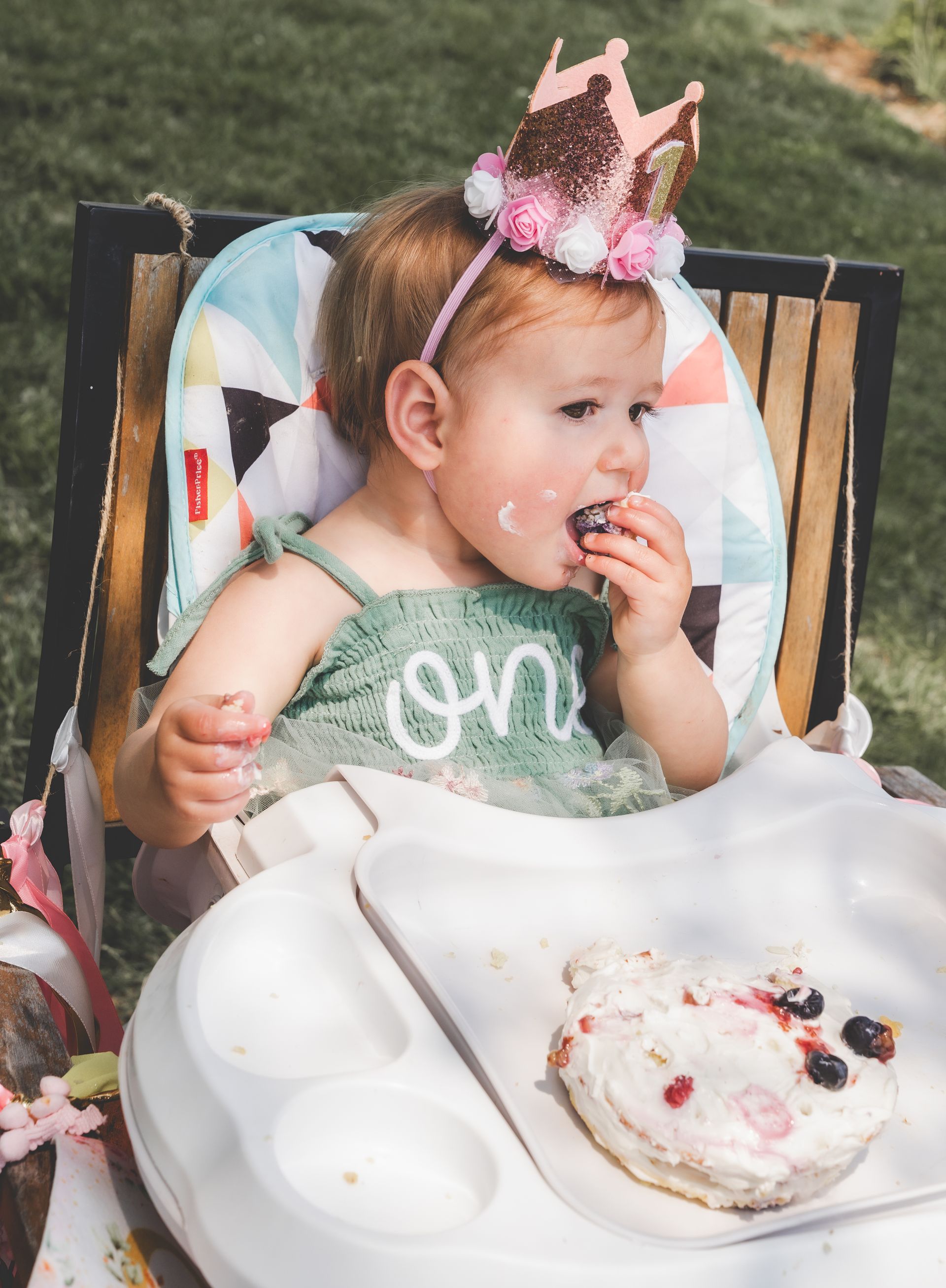Event Photography Check List: How to Ensure Every Moment is Captured
When it comes to planning an event, whether it's a milestone anniversary, a joyous birthday party, or a heartwarming family reunion, capturing the moments that matter is crucial. Great event photography doesn’t just happen; it requires careful planning and consideration.

Define Your Photography Goals
Before the event, it’s essential to define what you want from your event photography. Understanding your goals will guide the entire planning process and ensure you get the results you desire.
Establish Priorities: Determine which moments are most important to you. Are you focused on candid shots of guests interacting, posed group photos, or capturing specific details of the event? Communicate these priorities with your photographer to ensure they understand your vision and can plan accordingly.
Create a Shot List: Draft a list of must-have shots you want captured. This might include key people, specific activities, or important details like the cake or decor. Share this list with your photographer in advance so they can prepare and ensure no important moments are missed. (See end of Blog for Example Shot List)
Choose the Right Photographer
Selecting the right photographer is crucial to capturing the essence of your event. Take the time to research and choose someone whose style aligns with your vision.
Review Portfolios: Look at the portfolios of potential photographers to see their previous work. Pay attention to their style, the types of events they’ve covered, and their ability to capture moments that matter. This will give you a sense of their expertise and whether they’re a good fit for your event.
Check Reviews and References: Read reviews from previous clients and ask for references. Positive feedback and recommendations can provide reassurance about the photographer’s reliability and professionalism.
Discuss Your Vision: Have a conversation with the photographer to discuss your event, your expectations, and any special requests. Ensure they understand your goals and are comfortable with the specifics of your event.
3. Plan the Event Timeline
A well-structured event timeline helps ensure that every important moment is captured without feeling rushed. Coordinate with your photographer to align the schedule with your planned activities.
Create a Detailed Schedule: Outline the key events and timings for the day, including when guests are expected to arrive, when meals will be served, and when special activities like speeches or performances will take place. Share this timeline with your photographer so they can be prepared to capture each moment.
Allow Time for Photos: Allocate specific times for group photos, candid shots, and other important moments. Avoid cramming these sessions into a tight schedule to ensure there’s ample time for capturing high-quality images without stress.
4. Coordinate with Your Venue
The venue plays a significant role in event photography. Coordinating with the venue ensures that your photographer has the access and knowledge they need to do their job effectively.
Discuss Logistics: Inform the venue of the photographer’s arrival time and any special access requirements. Ensure there are no restrictions that might impact photography, such as limitations on flash usage or areas off-limits to photographers.
Scout the Location: If possible, visit the venue with your photographer before the event. This allows them to familiarize themselves with the layout, lighting conditions, and potential photo opportunities. It also provides an opportunity to plan for any challenges that might arise.
Prepare for Lighting Conditions: Lighting can greatly affect the quality of your photos. Ensure the venue’s lighting is adequate or discuss options with your photographer. If natural light is limited, make sure there are provisions for additional lighting if needed.
5. Prepare Your Guests
Informing your guests about the photography plans can help them feel more comfortable and ensure everyone is ready for their close-up.
Communicate in Advance: Let your guests know in advance that photography will be taking place. You might include a note in your invitations or a reminder on the event day. This helps set expectations and ensures guests are prepared for being photographed.
Designate a Point of Contact: Assign someone to help the photographer coordinate with guests, especially for group photos. This person can assist in gathering people, managing the flow of photo sessions, and addressing any issues that arise.
Encourage Participation: Encourage guests to be themselves and enjoy the event. Authentic, candid shots often capture the true spirit of the occasion, so let your photographer do their job without too much interference.
6. Capture Key Details and Moments
Details and moments are what make your event unique. Ensuring these are captured requires attention to both the big picture and the small, special touches.
Focus on Details: Make a list of important details that you want to be photographed, such as decorations, table settings, and special mementos. These elements often provide a complete picture of your event and add depth to your photo collection.
Be Mindful of Candid Moments: While posed photos are important, candid shots often capture the essence of the event. Allow your photographer to move around and capture spontaneous moments, interactions, and emotions that happen throughout the day.
Capture the Atmosphere: The atmosphere of your event is as important as the key moments. Ensure your photographer captures the overall vibe of the event, including the venue’s ambiance, guest interactions, and any special activities.
7. Review and Select Your Photos
After the event, the next step is to review and select the photos that best represent your experience. This process can be exciting and overwhelming, so here’s how to manage it effectively.
Work with Your Photographer: Discuss the timeline for receiving your photos and the process for selecting and reviewing them. Many photographers offer online galleries where you can view and choose your favorite shots.
Review for Quality: When selecting photos, look for high-quality images that capture the key moments and details of your event. Pay attention to factors such as composition, lighting, and focus.
Consider a Photo Album: A professional photo album can be a wonderful way to showcase your event memories. Discuss options with your photographer for creating a custom album that highlights the best moments of your event.
8. Preserve and Share Your Memories
Once you have your photos, consider how you’ll preserve and share them with others.
Create Digital Backups: Ensure you have digital backups of your photos in multiple locations, such as cloud storage or an external hard drive. This will help protect your memories from being lost or damaged.
Share with Guests: Share your photos with guests by providing access to an online gallery or creating a social media album. This allows everyone to enjoy and relive the memories from your event.
Display Your Photos: Consider displaying your favorite photos in your home or office. Framed prints, canvas prints, or photo books can serve as beautiful reminders of your special occasion.
Event photography is more than just taking pictures; it’s about capturing the essence and emotions of your special occasion. By following this checklist and working closely with your photographer, you can ensure that every important moment is captured and preserved.
Example Shot List for an Event
1. Pre-Event Preparation
Venue Exterior: Wide shots of the venue's exterior, including signage or decorations.
Venue Interior: Wide shots of the event space before guests arrive, including table settings and decorations.
Details of Decor: Close-ups of centerpieces, floral arrangements, table settings, and any themed decorations.
Special Items: Close-ups of special items such as the guest book, invitations, or any personalized touches.
Event Staff: Photos of event planners, coordinators, or any staff involved in the setup.
2. Arrival and Guest Photos
Guest Arrivals: Candid shots of guests arriving, greeting each other, and interacting.
Guest Reactions: Photos capturing the initial reactions of guests, especially if there is a surprise element.
Portraits of Key Guests: Individual or small group portraits of important guests or family members.
Welcoming Area: Photos of any welcome tables or check-in stations.
3. Key Moments
Opening Remarks/Speeches: Captures of speakers giving speeches or making announcements.
Performances/Entertainment: Photos of performances, such as musicians, dancers, or any special acts.
Special Activities: Shots of any planned activities, games, or interactive elements.
Ceremonies: For events like weddings or award ceremonies, include the key moments such as the exchange of vows or presentation of awards.
4. Group and Family Photos
Formal Group Shots: Organized group photos of families, friends, or specific groups of people.
Family Portraits: Formal and informal portraits of family members, ideally in a group setting.
Friends and Colleagues: Portraits of friends or colleagues, both posed and candid.
5. Candid Moments
Guest Interactions: Candid shots of guests interacting, laughing, and enjoying themselves.
Children Playing: If there are children at the event, capture their playful moments and interactions.
Emotional Moments: Photos that capture emotional reactions, such as tears of joy or laughter.
6. Details and Close-Ups
Food and Beverages: Close-ups of food and drink items, including any special or unique offerings.
Cake and Desserts: Photos of the cake or dessert table, including a cut of the cake if applicable.
Personal Touches: Close-ups of any personalized items, such as custom favors or signage.
7. End of the Event
Farewell Moments: Candid shots of guests saying goodbye and leaving the event.
Clean-Up and Breakdown: Photos of the venue being cleaned up or broken down, if applicable.
Final Group Shots: Any final group photos or last-minute candid shots before the event ends.
8. Post-Event Photos
Thank You Notes: Photos of any thank you notes or post-event communication materials.
Event Highlights: A selection of highlight moments that best represent the overall event experience.
Additional Tips
Timing and Sequence: Ensure the photographer is aware of the event timeline to capture each moment at the right time.
Special Requests: Include any specific shots or requests unique to the event, such as a surprise reveal or a special ritual.
Customizing this shot list based on the specific details and significance of your event will help ensure that every important moment is captured. It’s always a good idea to discuss this list with your photographer beforehand to make sure they understand your preferences and can plan accordingly.











